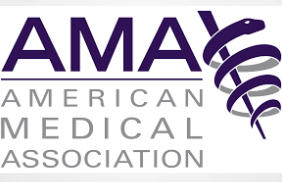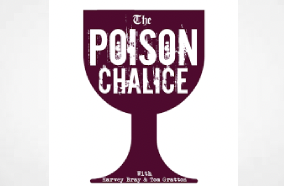Cannabis remains by far the most commonly consumed illicit drug in Europe. On this page, you can find the latest analysis of the drug situation for cannabis in Europe, including prevalence of use, treatment demand, seizures, price and purity, harms and more.
This page is part of the European Drug Report 2023, the EMCDDA’s annual overview of the drug situation in Europe.
Last update: 16 June 2023
Understanding the public health implications of the high availability of cannabis products
Cannabis remains by far the most commonly consumed illicit drug in Europe. National surveys of cannabis use would suggest that overall, around 8 % of European adults (22.6 million aged 15 to 64) are estimated to have used cannabis in the last year. However, both the level of use and trends in use reported in recent national data appear heterogeneous (see the Prevalence of cannabis use in Europe dashboard, below).
Around 1.3 % of adults in the European Union (3.7 million people) are estimated to be daily or almost daily users of cannabis, and this is the group most likely to experience problems associated with this drug. There remains, however, a need to understand better the kinds of problems experienced by cannabis users, as well as the referral pathways and treatment options available for those with cannabis-related problems. Cannabis is reported to be responsible for almost a third of all drug treatment admissions in Europe. This finding is difficult to interpret, in part because of the wide variety of interventions provided to cannabis users, some of which may be directive referrals from the criminal justice system. A recent EMCDDA review found an increase in the availability of psychosocial treatments, such as cognitive behavioural therapies, to those experiencing problems with their cannabis use. These interventions may sometimes be delivered through telemedicine or digital applications
Among those entering specialist drug treatment for the first time in their lives, the proportion who reported cannabis as their main problem drug remained below pre-COVID-19 pandemic levels in the majority of EU Member States in 2021 (see the Users entering treatment for cannabis, infographic, below). Overall, the number of people reported as entering treatment for cannabis problems remained relatively stable until 2019, before declining during the pandemic and has not returned to pre-pandemic levels. However, due to data quality and availability issues and the overall impact of the pandemic on service delivery, these trends need to be interpreted with caution.
In 2021, the quantities of cannabis resin and herbal cannabis seized reached their highest level in a decade, indicating the high availability of this drug (see the Cannabis market infographic, below). Spain accounts for 66 % of the number of cannabis seizures in the European Union and 74 % of all EU seizures of cannabis plants reported by weight. This reflects Spain’s importance, both as a transit country for cannabis trafficking and as a production area, although significant cannabis production takes place across the European Union. The larger quantities of cannabis resin seized in Europe, as compared to herbal cannabis, are thought to reflect the greater vulnerability of cannabis resin to interdiction measures in cross-border trafficking, rather than availability or use, as herbal cannabis appears to be the most commonly available form of the drug in most countries.
There is an increasing diversity of cannabis products available in Europe. This is true both for the illicit drug market and for consumer markets, where products are appearing that contain low levels of THC but also other substances derived from the cannabis plant such as CBD. On the illicit drug market, the availability of high-potency extracts and edibles is a particular concern and has been linked to acute toxicity presentations in hospital emergency departments. In addition, there are concerns that some products sold on the illicit market as natural cannabis may be adulterated with potent synthetic cannabinoids. Recently, the semi-synthetic cannabinoid hexahydrocannabinol (HHC) has become commercially marketed in some EU Member States and sold as a ‘legal’ alternative to cannabis, adding to the regulatory challenges in this area.
Key data and trends
Prevalence and patterns of cannabis use
- Last year cannabis use among the EU population aged 15 to 34 is estimated at 15.1 % (15.3 million), with males being typically twice as likely to report use as females. Among 15- to 24-year-olds, an estimated 18.2 % (8.6 million) used cannabis in the last year and 9.6 % (4.5 million) used the drug in the last month. It is estimated that around 1.3 % (3.7 million) of adults (aged 15 to 64) are daily or almost daily cannabis users (that is, using the drug on 20 days or more in the last month). Among 15- to 34-year-olds, an estimated 2.1 % (2.1 million) are daily or almost daily cannabis users. Around three quarters of these are male and the majority (57 %) are under 35.
- Trends in cannabis use at national level appear mixed. Of the countries that have produced surveys since 2020 and reported confidence intervals, 3 reported higher estimates, 3 were stable and 6 reported a decrease compared with the previous comparable survey.
- The 2021 European Web Survey on Drugs found that herbal cannabis was used by 95 % of respondents who used cannabis in the last 12 months, compared with 32 % for resin, 25 % for edibles and 17 % for extracts.
This data explorer enables you to view our data on the prevalence of cannabis use by recall period and age range. You can access data by country by clicking on the map or selecting a country from the dropdown menu.


















